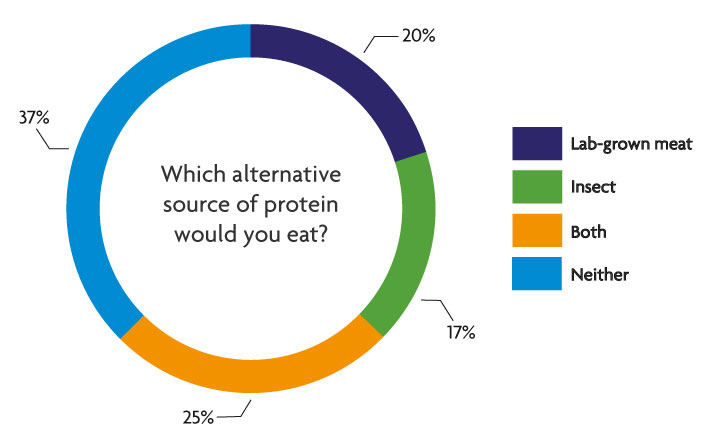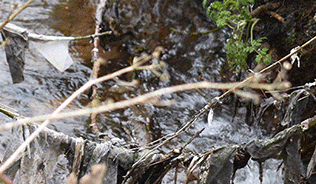A topic which has been at the forefront of environmental science news for a long time now is that of land use, and how to feed our ever-growing population. Traditional livestock farming just isn't doing the trick - the land cannot sustain the agricultural demand when used in this way. There are other, more indirect impacts on the environment to consider, too. Livestock produce large quantities of carbon dioxide and methane, which contributes to global warming. These animals also need feeding, and the producing this animal feed also has an environmental cost. Deforestation is also occurring to make way for farmland. Even in arable farming, the use of pesticides and fertilisers can cause degradation of the surrounding environment.
In many cultures, a popular alternative source of protein is insects. From cockroaches to caterpillars, insects are consumed on a vast scale and without any hesitation. Insect farming also is reportedly less harmful to the environment than traditional farming, though this may not be true for cooler climates like the UK's, where the insects will need to be kept warm to farm productively on a large scale. Gram for gram, insects are in fact much better sources of protein than meat or fish, so it would potentially be a very efficient way of feeding the predicted 9 billion people that will inhabit our planet by 2050. In Western cultures however, the idea of eating insects is commonly viewed as repulsive, which could prove to be a real hurdle if this route is explored in more depth.
An alternative, and somewhat more controversial source of protein-rich food is laboratory-grown meat. Back in 2013, the first 'lab-grown burger' was made and eaten, hitting the news and causing people to debate whether they would actually eat laboratory-cultured meat if it were commercially available. If successful on a large enough scale, it certainly would decrease land use demands, as well as significantly reducing greenhouse gas emissions and energy and water use.
With all this in mind, we asked our website visitors which alternative source of protein they would be prepared to eat. The results are shown below.

Interestingly, a majority of respondents (37%) said they wouldn't eat either insects or lab-grown meat, which serves to highlight the above issues with these types of alternative protein sources. A quarter of our website visitors said that they would be prepared to eat both, compared to 20% who would eat cultured meat, and only 17% who would eat insects. This could be explained by the 'yuck-factor' of insects, as discussed above - Western cultures like ours just aren't used to the idea of eating these kinds of critters. With lab-grown meat, one of the commonly-voiced concerns is that of safety - as this is effectively a new technology, guidelines have yet to be determined on how to assess the quality of this kind of meat. The fact that the majority of people who voted in this poll said they would not eat either of these alternative sources of protein emphasises just how much of an issue we may face in feeding our ever-growing population.
You can read more about these topics in a forthcoming edition of our journal, the environmental SCIENTIST, which will cover many aspects of food production, and discuss these alternative protein sources in more detail.



